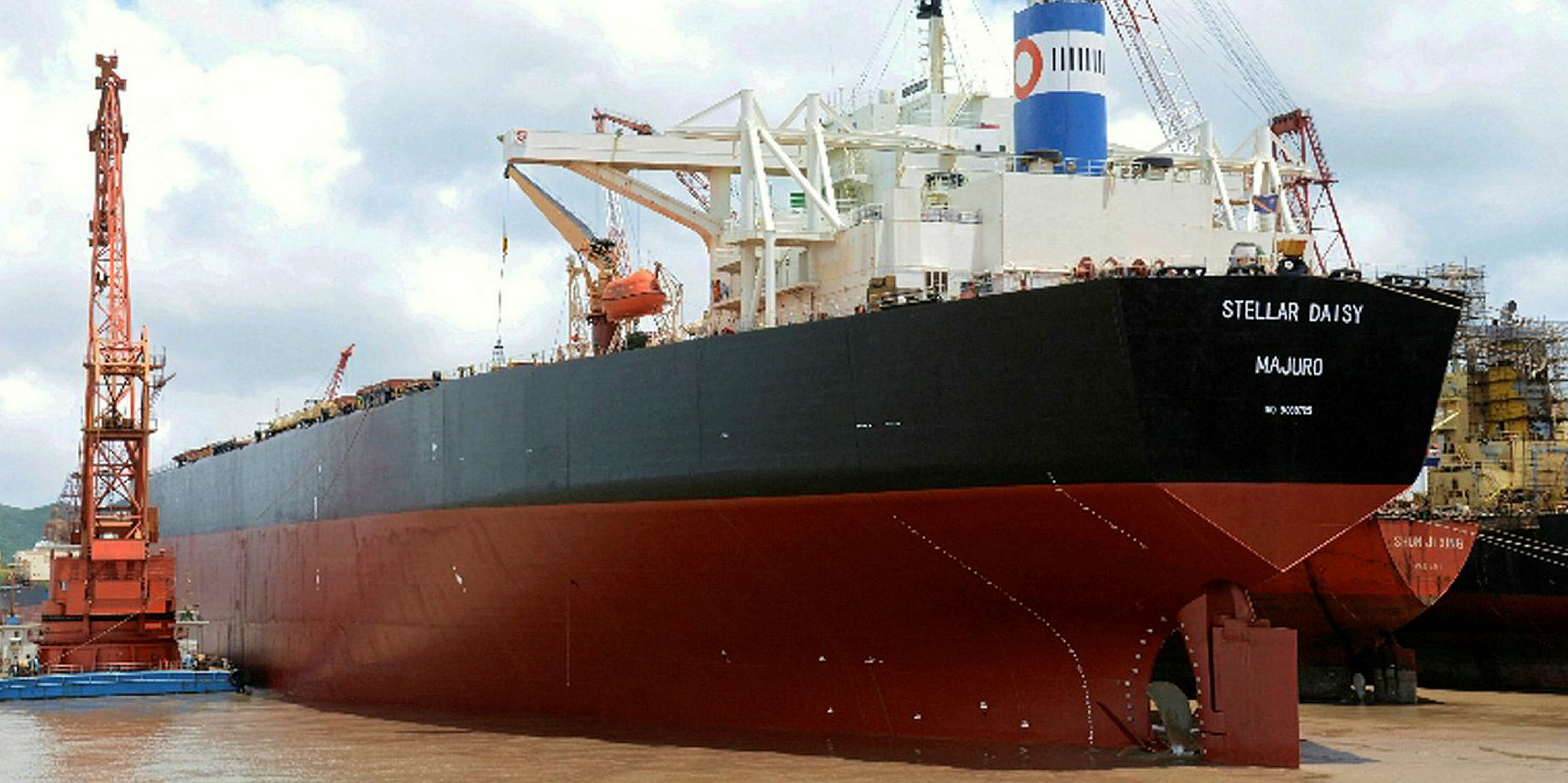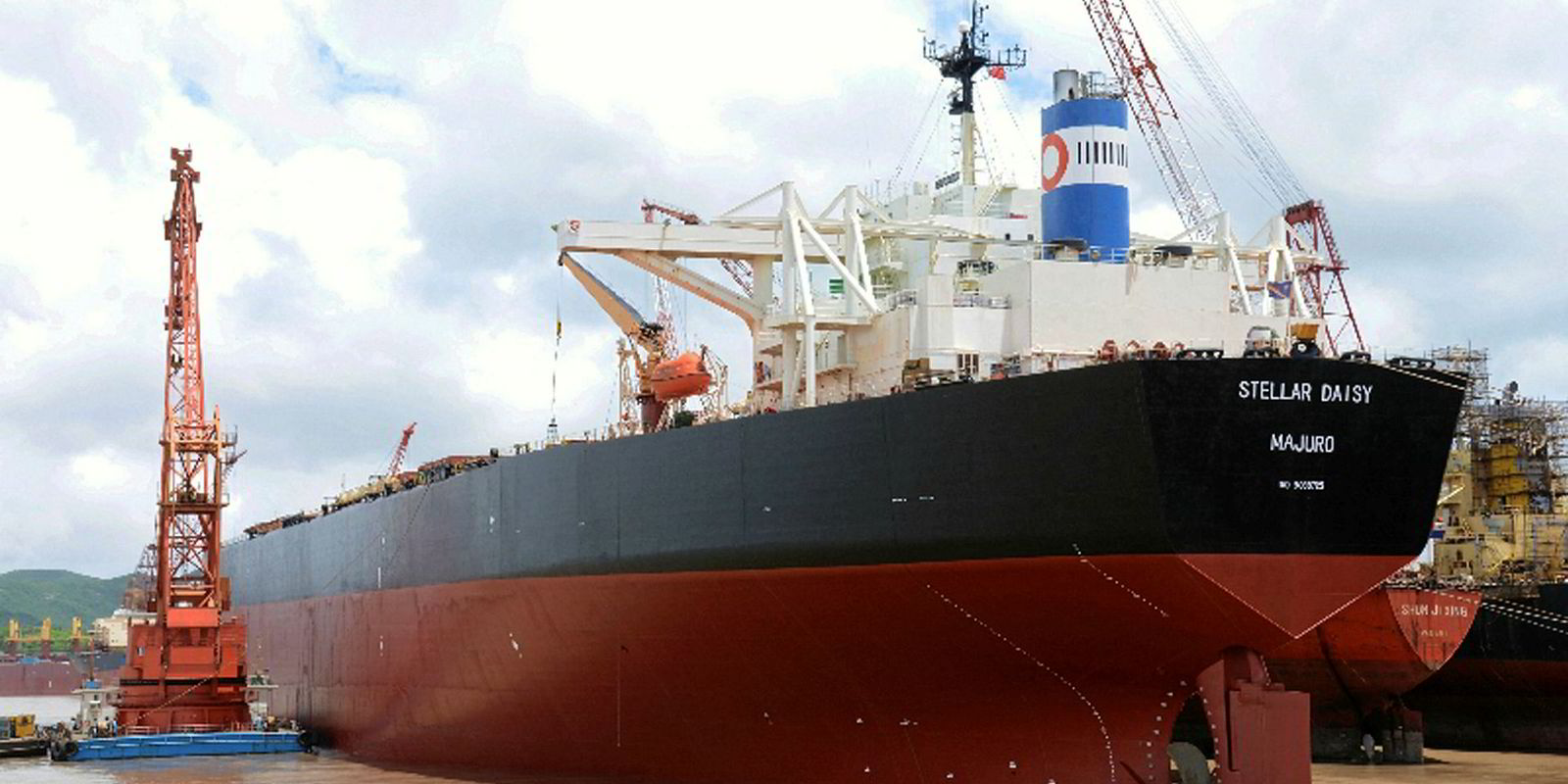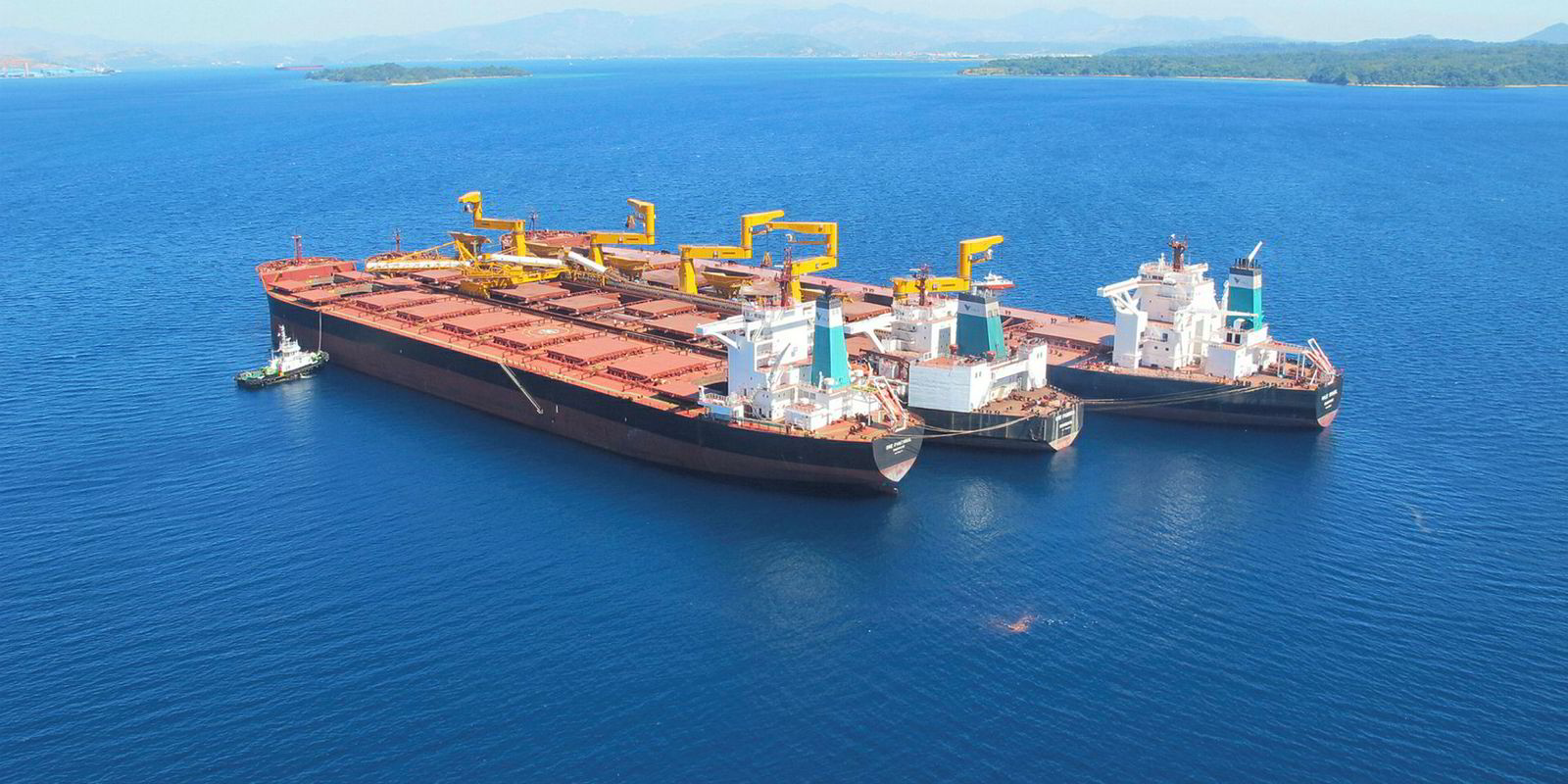The South Korean government’s decision to search for the wreck of the Stellar Daisy and its black box should be encouraged, as there is a chance it could help us understand why the ship suffered catastrophic structural failure.
The wreck of the 266,000-dwt bulker, which was converted from a 1993-built VLCC in 2008, has been lying off the coast of Uruguay for more than 18 months at a depth of 3,000 metres.
That was where it sank suddenly while fully laden with a cargo of iron ore fines loaded in Brazil and destined for China. Fourteen Filipino crew members and eight South Koreans died.
The ship’s flag state, the Marshall Islands, has still failed to deliver its accident report, leaving the industry wondering what happened. The owner, Seoul-based Polaris Shipping, has also been unable to put forward a theory.
The Moon Jae-in government has now agreed to look for the ship’s voyage data recorder (VDR) in response to lobbying from the families of the South Korean victims.
Sensitive to loss at sea
There are cynical suggestions that President Moon is making political capital out of the accident in a country that has become sensitive to loss of life at sea following the Sewol and Stellar Daisy disasters.

But there is at least one example in the past of underwater surveys revealing the cause of catastrophic structural failure: the UK-flag, 169,044-dwt Derbyshire, which sank off the coast of Japan in 1980 with the loss of 44 lives.
The UK government agreed to search for the wreck of the 1976-built bulker, which was eventually found in 1994. An underwater inspection was able to discover that the loss was caused by waves crashing on the deck in a typhoon that had shorn off ventilation pipes near the bow, allowing seawater to enter the forward holds, eventually sinking the vessel.
Far too many accidents escape investigation or are conducted to the bare minimum standards of IMO guidelines
The odds are stacked heavily against that success being replicated in the case of the Stellar Daisy. There are no guarantees the ship can be found, and the government inspection is focused on bringing back the VDR rather than closely inspecting the wreck.
The black box may no longer be intact, or the data may be poorly preserved. Even if data can be recovered, it will give only a limited insight into what happened from the recordings of the bridge crew and the ship machinery records. The VDR holds no data on the structural condition of the vessel.
And some observers might wonder whether there is any safety benefit to conducting such an expensive deepsea inspection in the first place, maybe 1,300 nautical miles (2,400 kilometres) from the nearest land. After all, there are only around 50 or so similar vessels surviving and the likelihood is they will all go to the breaker’s yard at the next special survey in two or three years.
But the decision to send a search party sets a positive example as to the lengths to which governments should be prepared to go to uncover the causes of serious marine casualties. Far too many accidents escape investigation, or the inquiries are conducted to the bare minimum standards of IMO guidelines.
It will at least help bring closure to the families of the seafarers who died if they can rest assured that a serious attempt was made to find the cause.
Even if there is a risk the underwater search fails to find concrete answers, every effort should be made to uncover why the Stellar Daisy sank.





